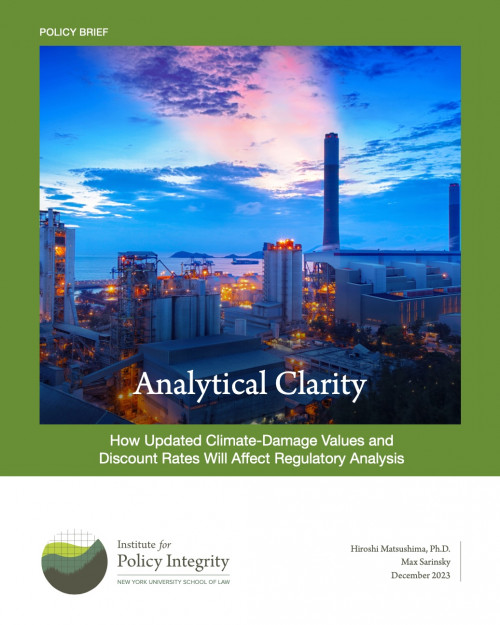Recently completed and draft guidance is ushering in updated practices for federal benefit-cost analysis. This policy brief examines the impact of two of the most significant upcoming changes: to the discount rate and the social cost of greenhouse gases.
Since 2003, agencies have used annual discount rates of 3% and 7% in benefit-cost analysis for new regulations. But in November 2023, the White House Office of Management and Budget (OMB) revised the default discount rate to 2%. This lower rate means that long-term benefits and costs will properly receive greater weight in regulatory analysis, consistent with the latest theory and evidence.
The social cost of greenhouse gases is a set of monetary valuations that capture the harm to society from emitting climate pollution. But existing federal valuations have grown outdated, with newer evidence indicating that the harm from climate damage is far higher than reflected in those numbers. In December 2023, the Environmental Protection Agency (EPA) issued new valuations reflecting the latest available climate science and economics that, unsurprisingly, are substantially greater than the prior federal estimates. However, it is unclear whether agencies aside from EPA will use them.
In this report, we update the benefit-cost analysis for three recent proposed regulations using the updated discount rate and draft climate-damage valuations. These three illustrations find that agencies are vastly undercounting the benefits—and the net benefits—of significant regulations under current practice. Updated discount rates and climate-damage valuations reveal that the benefits of these proposed rules are far higher than previously recognized.
*This report has been updated to reflect newly finalzed metrics released by EPA in December 2023*

